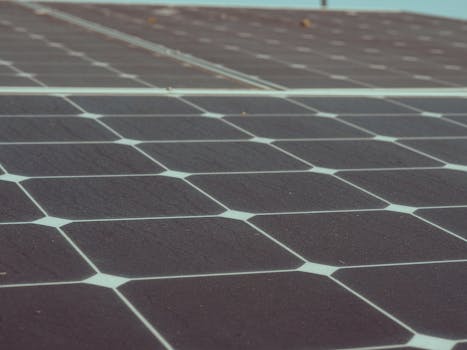
Sustainable Living: Emerging Trends for 2025
Sustainable living is becoming increasingly important as the world grapples with the challenges of climate change, environmental degradation, and social inequality. As we move into 2025, there are several emerging trends that are set to shape the future of sustainable living. Sustainable living is no longer just a niche interest, but a mainstream movement that is driving innovation and change across multiple industries.
Renewable Energy

One of the most significant trends in sustainable living is the shift towards renewable energy sources. Solar and wind power are becoming increasingly cost-competitive with fossil fuels, and advances in technology are making it possible to harness and store energy more efficiently. As a result, we can expect to see a significant increase in the adoption of renewable energy sources in 2025, from homes and businesses to entire cities and countries.
Eco-Friendly Products

Another key trend in sustainable living is the growing demand for eco-friendly products. Consumers are becoming more aware of the environmental and social impact of their purchasing decisions, and are seeking out products that are made from sustainable materials, have minimal packaging, and are designed to be recycled or reused. Companies are responding to this demand by developing new products and production methods that prioritize sustainability and reduce waste.
Sustainable Fashion

Sustainable fashion is also an area that is seeing significant growth and innovation. The fashion industry is one of the largest polluters in the world, and consumers are increasingly looking for ways to reduce their fashion footprint. This includes buying second-hand clothes, renting or swapping clothing, and supporting brands that prioritize sustainability and transparency. As a result, we can expect to see a proliferation of sustainable fashion brands and products in 2025, from eco-friendly fabrics to circular business models.
Smart Homes and Cities

Finally, the development of smart homes and cities is set to play a major role in the future of sustainable living. Advances in technology are making it possible to create buildings and cities that are highly energy-efficient, with integrated systems for energy generation, storage, and management. This includes everything from smart thermostats and lighting systems to urban planning and design that prioritizes walkability, bikeability, and public transportation.
Conclusion

In conclusion, sustainable living is an exciting and rapidly evolving field that is driving innovation and change across multiple industries. As we move into 2025, we can expect to see significant advancements in renewable energy, eco-friendly products, sustainable fashion, and smart homes and cities. Whether you are an individual looking to make a positive impact, or a business seeking to capitalize on emerging trends, there has never been a more important time to prioritize sustainable living and join the movement towards a more sustainable future.






